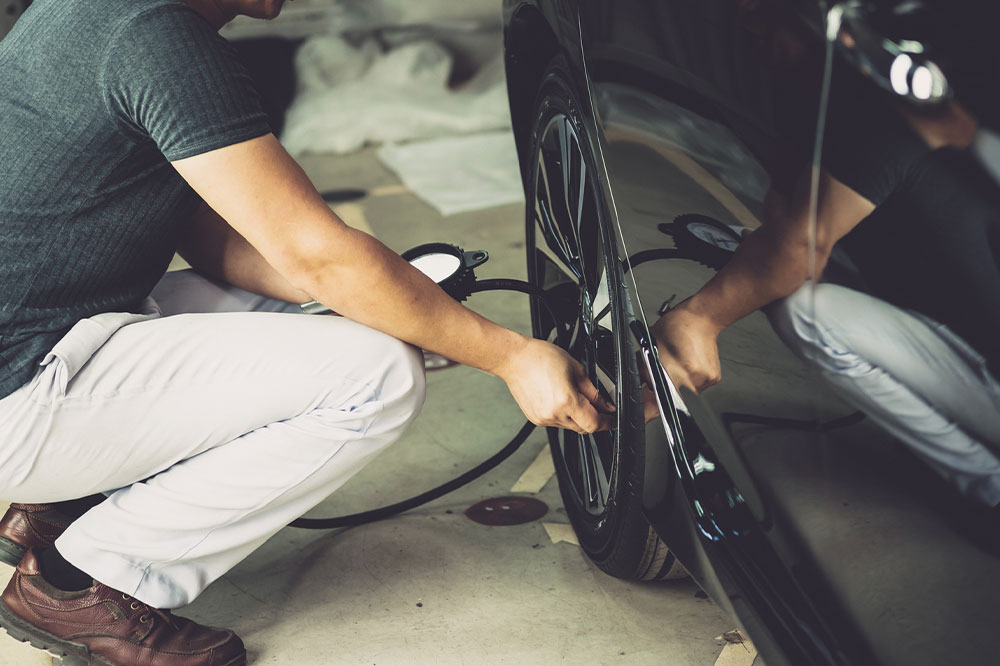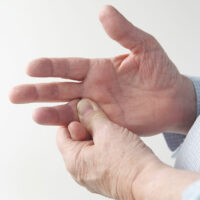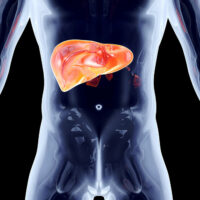Avoid making these car maintenance mistakes

Your car plays an important role in your life. It is used to transport the kids, to get to work, and in many other tasks. Taking care of it is an indispensable duty. Everything from critical engine parts to the paint on the exterior requires regular maintenance. It doesn’t matter if you’ve owned multiple cars or if you are a first-time car owner, avoid making the following mistakes when it comes to car maintenance.
Ignoring warning lights
Modern day vehicles are equipped with a comprehensive safety alert system. Lights installed on the dashboard flash to indicate electrical issues and problems with the engine or the battery. When the check engine light blinks consistently, you must drive straight to the service center and have a technician inspect the vehicle. Delaying these warnings can result in expensive repairs and part replacement that may or may not be covered under warranty.
Not getting the wheels aligned
Wheel alignment is a crucial maintenance task that needs to be done periodically. Driving conditions and terrain changes cause the wheels to wear out unevenly over time. Wheel alignment and rotation of the tires are done to ensure the car doesn’t oversteer or understeer in any direction due to misalignment. It is also important to monitor the tire pressure using the onboard systems, and regularly fill air for better traction and control.
Not changing the engine oil
Engine oil lubricates the pistons and all the moving parts in the internal combustion engine. A typical vehicle can run for 7,000 miles before you need to get the oil changed. Skimping on this task can cause sludge to form in the engine oil and affect its viscosity. Sludge causes friction and heat to build up and increases the risk of stalling the engine altogether. Additionally, the type and quality of engine oil needed for your car will differ as per its make and model. So ensure you change the engine oil as recommended in the drivers manual provided by the car manufacturer.
Not getting the filters changed
Vehicles need oil and air filters for the engine to run at optimum capacity. Air filters prevent any debris or particles from flowing into the air intake and entering the combustion chamber. Oil filters recycle the engine oil to prevent sludge and other debris from entering the pistons. Both filters work simultaneously to ensure clean air and fuel ignite within the engine chambers. These filters have a limited life span and need to be changed if you notice a dip in engine output and performance.
Buying cheap parts
Saving a few dollars by buying cheap knockoffs for engine or vehicle maintenance will only result in more expenses if the vehicle breaks down. You should always buy genuine manufacturer parts, and avoid getting your vehicle repaired from any unfamiliar garages. Authorized service centers employ trained inhouse technicians who also have access to special tools that are necessary for making the repairs.
Ignoring the exterior
The exterior is just as important when it comes to car maintenance. You must get your car washed regularly and check the paint for patches that indicate rust. Once a portion of your car develops rust, it can quickly spread, impacting the car’s structural integrity. These are all problems that can be easily identified during regular vehicle inspections.





